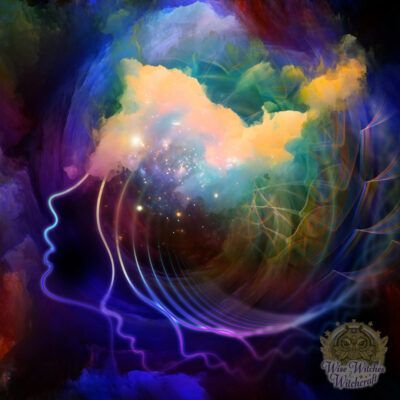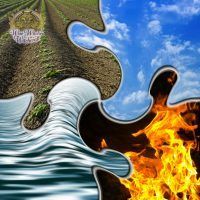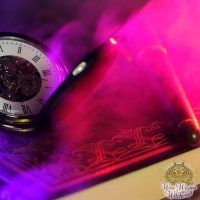Researching & Organizing Your Book of Shadows

“The way to find a needle in a haystack is to sit down.”
– Beryl Markham
Magical Archaeology and Digging thru Data: If you thought deciding between all the materials and mediums for assembling your Book of Shadows was difficult, it’s only the beginning. Every step in compiling your spellbook will take serious thought and introspection. After all, what you put into this book both substantively and spiritually reflects who you are now and what you hope to be in the future. So, it’s not something to slap together recklessly or without some consideration.
Researching and Organizing Your Book of Shadows

Information and Accreditation: The next step in the process of creating your book is information gathering. Exactly where you find your information is up to you. Talk to people you respect and trust. Look through well- documented books or watch educational tapes on the Craft. Make notes of your own personal experience and insights. As you do, make sure to write down the source from which you received the information.
How to Create a Book of Shadows: Citing Sources
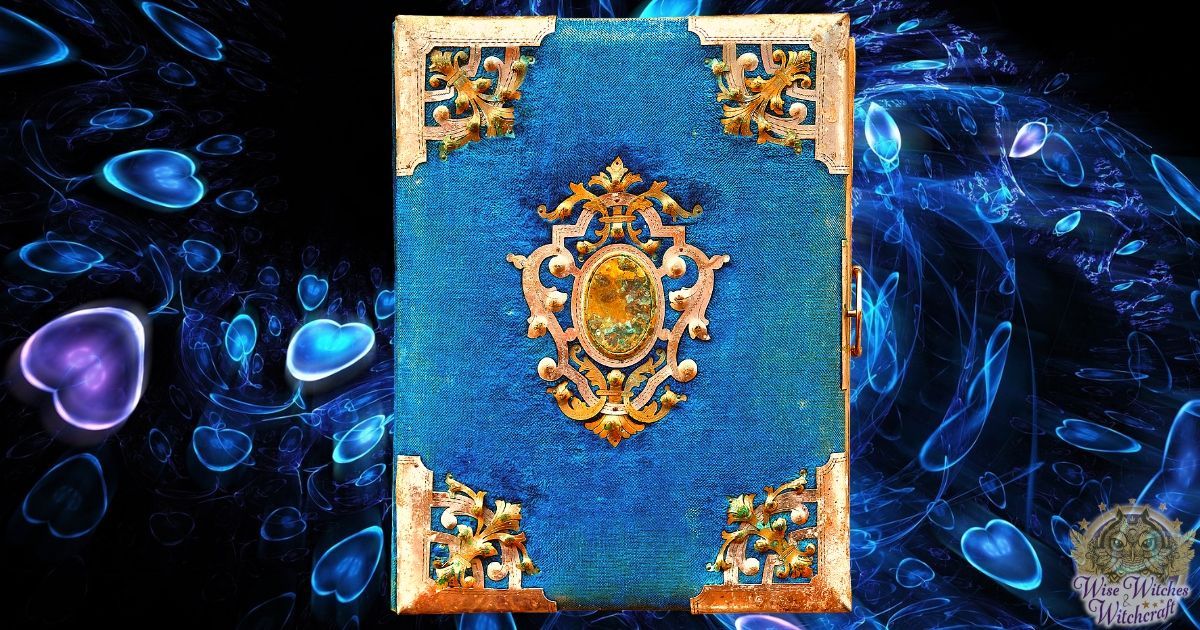
There are several good reasons for keeping track of your sources. These include:
- Wanting to go back to that source later for more insights or clarification.
- Recommending that source to someone else.
- Citing the source when writing an article or speaking about the subject (respect copyrights).
- It’s polite! Shakespeare would be proud to see his words inspiring others. Witches, Pagans, Professors, and Academics are no different.
The Real Book of Shadows Arrangement
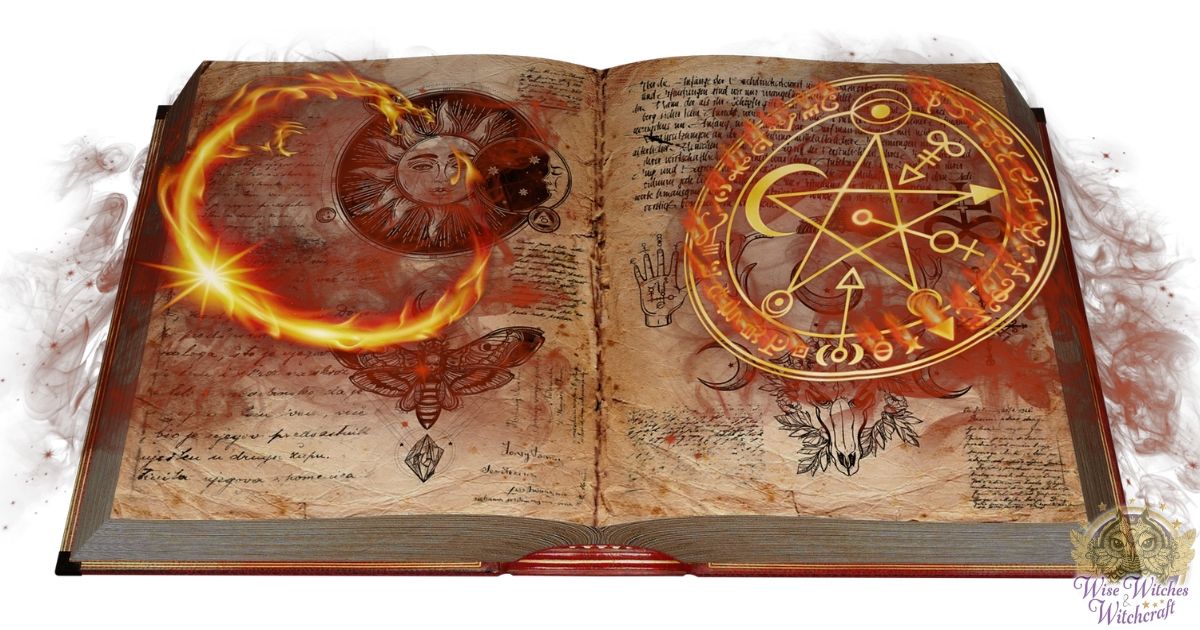
Drafting your notes in one place and transfer them into your formalized book later. Drafting the information gives you the chance to mull over several important questions including:
- 1. Keep it Current: What parts of the assembled information do you feel are “evergreen” (i.e., timeless)? Give these sections the most attention to when you transfer them into your spellbook.
- 2. Know your Needs: What parts of the gathered information can you do without? Its very easy to find something and think, hey that sounds good. On further inspection, however, it seems kind of flat. You can either throw these portions away or keep them in a separate file or binder. The advantage to the second option is having materials that offer “food for thought” from a different perspective.
- 3. Use Foresight: What part of the information do you anticipate needing regular updates? Put those in a three-ring binder or separate computer file for easy revisions as necessary.
- 4. Put your Mark on It: What parts of the material do you need to personalize, expand, shorten, or otherwise edit? Play around with these until they feel just right (don’t leave out the origin of the material as you go).
- 5. Think both Form and Function: What’s the best way to present the materials in completed form? Do they need to be printed, written, keyed or typed? Should a specific color or aroma be added to the pages? Do you want to mix the information with art or illustrations? Warning: this can get addicting and use up a lot of time.
- 6. Arrange it Logically: How can you best organize this material? There’s nothing more frustrating than needing information from your Book of Shadows and not remembering where you put it (you know, that place for “safekeeping”). Carefully consider into which section of the book each piece of information goes, and if it should be repeated or cross-referenced elsewhere.
If you feel like a librarian, you are doing a fine job so far. Bear in mind that you’ll need sections of Your Book of Shadows almost daily. Keep those crisp, clear and at the forefront.
Starting a Book of Shadows: Organization
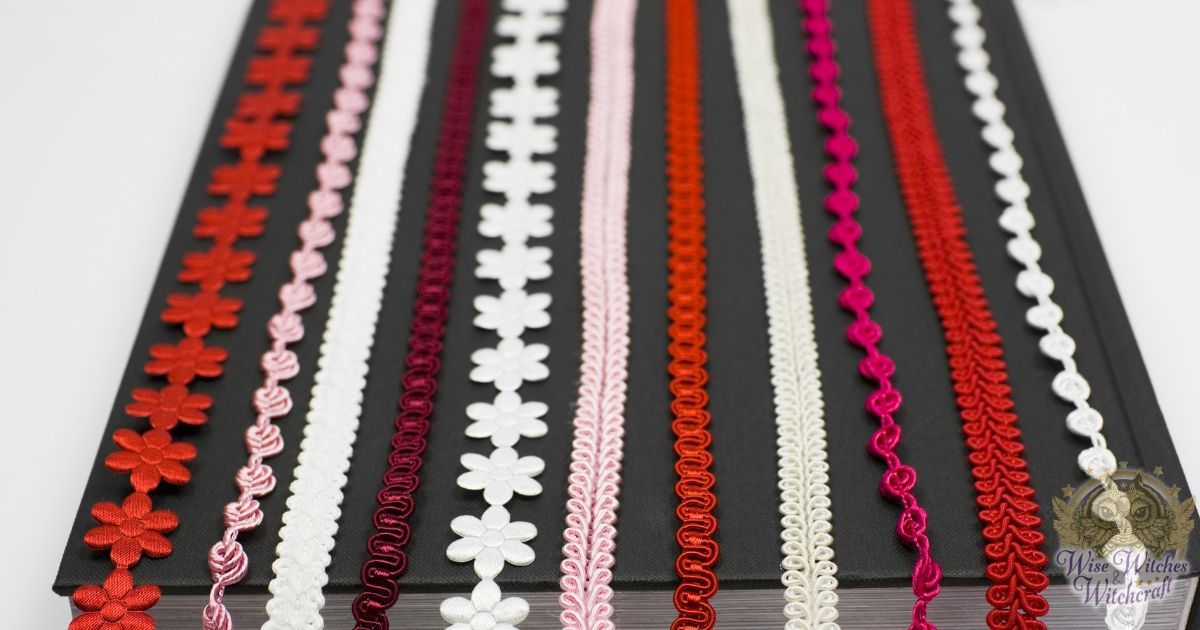
Some people absolutely dread classifying and categorizing, and it’s easy to see why. Every part of Wicca, Paganism and associated arts ties into another element. When you learn about using Sacred Space for casting spells, for example, that translates into ritualistic sacred space too. Don’t overthink this. Trust that you know yourself well enough to put everything in its natural order.
Now everyone immediately thinks of rituals, meditation, charms, herbal recipes, color correspondences and Zodiac signs as potential “tabs” in their Book of Shadows. But what else can you consider that’s a little unique? How about:
- A table of contents and an index for ease of reference.
- Magical Artists: Musicians, writers, painters, etc. who really inspire you.
- Technomagic: Because technology is transforming faster than anyone can keep up with, this is definitely a section that will need regular updates and reformatting.
- Internet Resources: Along with technology, the Internet shifts and changes faster than most people change their socks. It’s almost impossible to keep this data current, so store it where you can delete, add, and change listings frequently.
- Networking Contacts: We live in a very mobile this is your version of a little black book.
- Children’s Rituals and Magical Projects: These come in very handy for groups with actively participating children. If that’s not a big part of your path, no worries. Just don’t include it.
- Glossary of Terms: Word usage and meaning changes with the times quite rapidly. Many magical designations get misused.
Words and names have power. Know who is who and what is what, and if you’re not sure to check your glossary!
The process of collecting, reviewing, editing, and transferring information into your spell book’s editions is ongoing. For as long as you practice magic you’ll be stumbling across new ideas, new ways of approaching old issues, alternative techniques, and creative adaptations. That’s part of the wonder of magical traditions—they’re like an ever-progressing kaleidoscope that shifts and transforms to amaze, teach, empower, and fulfill us continually.
Adapted from “Your Book of Shadows,” by Patricia Telesco. All Rights Reserved.

